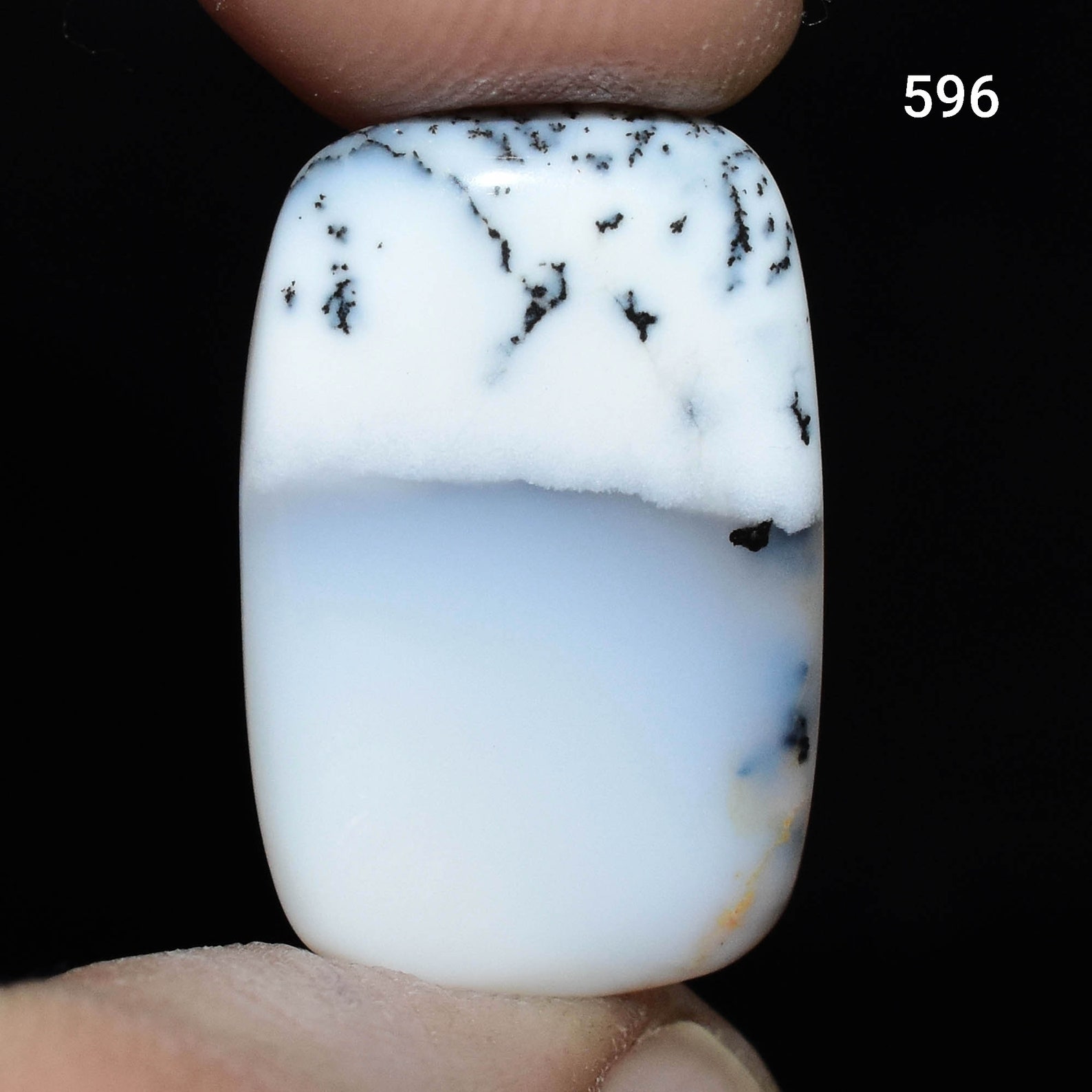
This cannot be confused with the reflections caused by foils within simulant opals, as play-of-colour is prismatic or rainbow-like. Diffraction of light through very small apertures between silica spheres within the structure creates these flashes of colour. This variety of opal displays play-of-colour. There are many more varieties of common opal but two other important varieties are fire opal - this is the intense orange colour opal - and hyalite, the translucent variety of opal that doesn’t display a play of colour. Read more: Questions to Ask When Buying Gemstone Jewellery Ica produces the better pinks, but both mines produce both colours. The best blues come from Caraveli and are known as Andean opal. These come from the two main provinces: Ica and Caraveli. Very pretty blues, pinks and bluish greens can be found there. Some of the more sought after common opal comes from Peru. Other names include 'landscape' opal in which the branch like structures of the iron minerals resemble that of a woodland landscape.Ĭommon green opal with dendritic inclusions, also known as moss opal. These moss like (dendritic) inclusions are formed of different iron minerals encased by the opal producing these aesthetic designs. The banded variety of common opal which can form in opalised fossils or in veins. Common opal is usually opaque to translucent and brownish orange in colour, however it can come in any colour, some of which are quite attractive.

Precious opal shows a play of spectral colours though the stone whereas common opal does not.

What is the difference between precious and non-precious opal?

Opal can be found all over the world from Cornwall to Canada, Australia to Siberia, Ethiopia, Madagascar and many other locations.Ī cross section of opal in its host rock. It is separated into two groups, common opal (also known as potch) and precious opal (also known as noble opal). Opal is comprised of tiny silica spheres, formed when silica-rich water seeps into deep cracks and voids in the Earth’s crust. Are you fascinated by the beautiful colours of opal? Do you wish you knew more? Here, Gem-A assistant gemmology tutor, Charlie Bexfield FGA DGA EG offers a beginner's guide to opal types, including common and precious varieties.


 0 kommentar(er)
0 kommentar(er)
